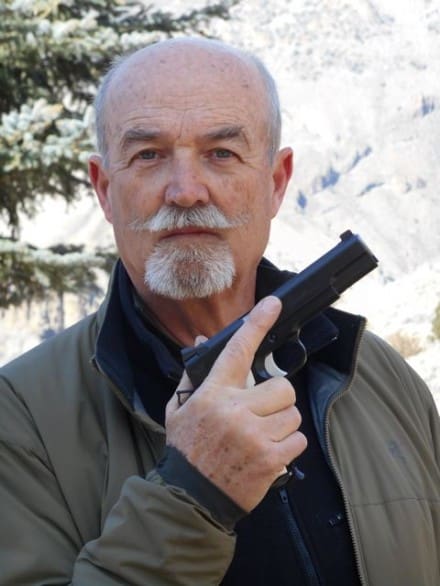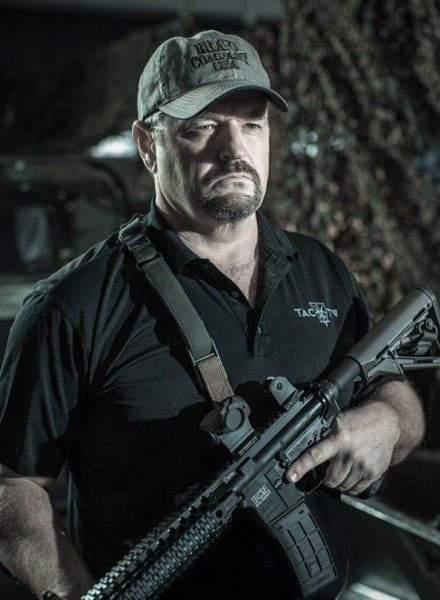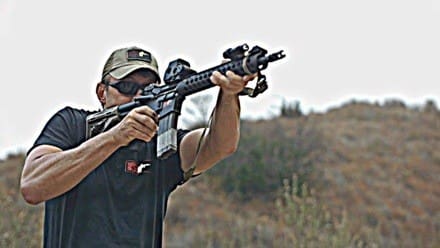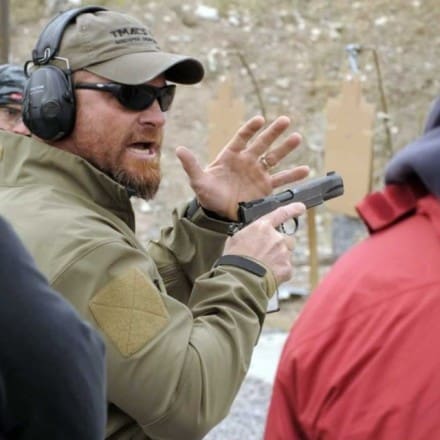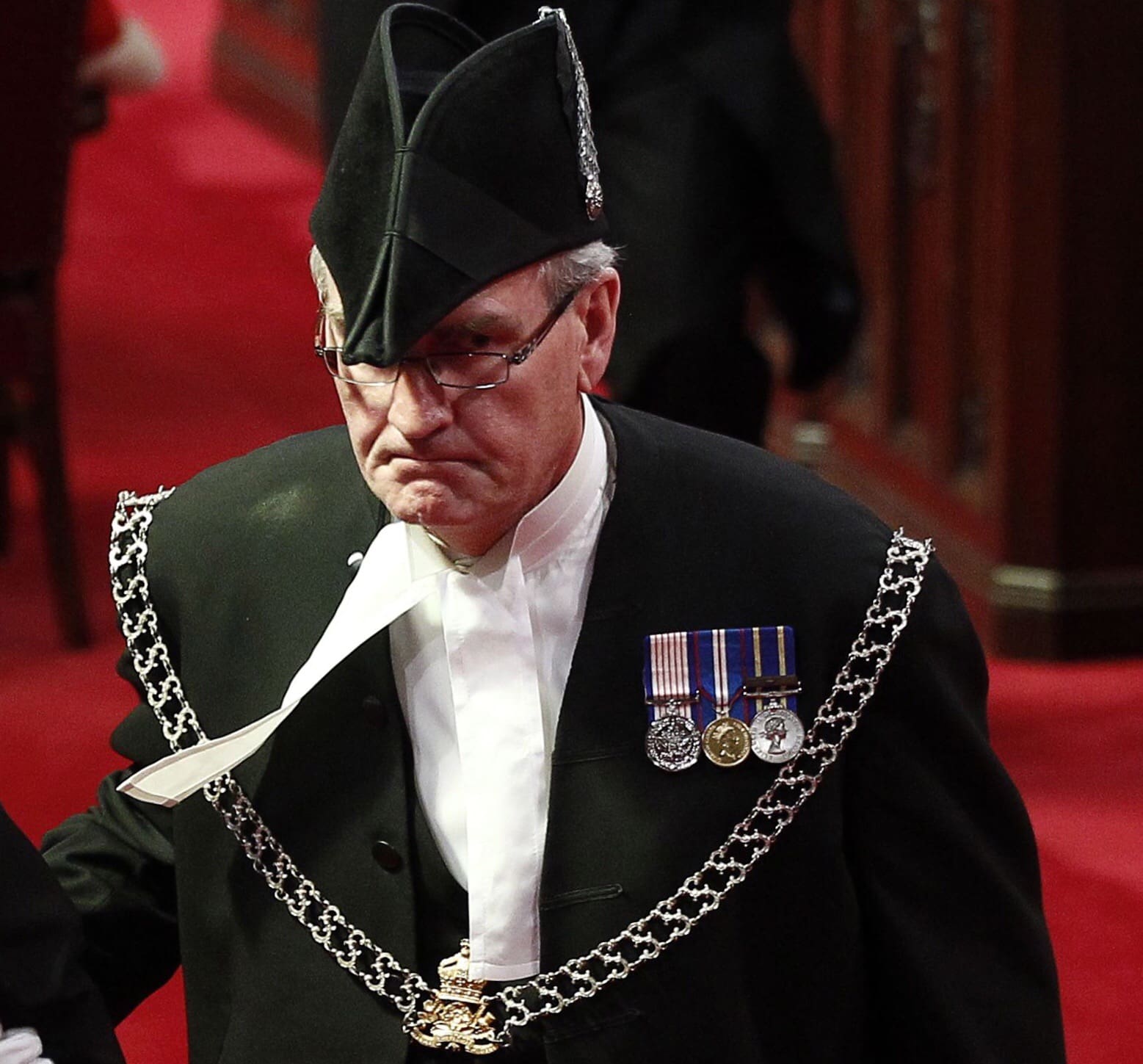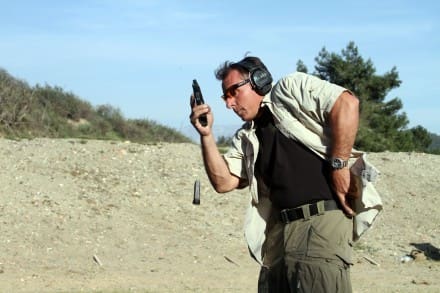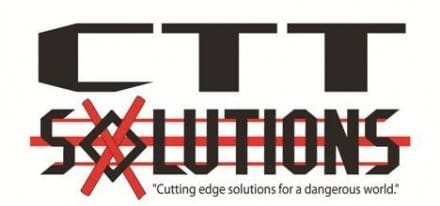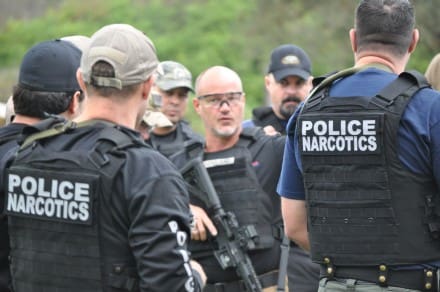Of the vast number of people that carry guns for self defense, only a very small number are competent with them. In my business to provide an enhanced level of combat marksmanship to the private sector, law enforcement, and military customer for the past 30 years, I have noted a number of trends.
While the overall quality of most training and practice has provided a higher level of skill, the increase of people from all three markets that now have access and carry sidearms has progressed very little than it was decades ago. Yes, we do know much more about how to train and prepare people to use their sidearms for self protection. But, that does not equal necessary skill across the spectrum. I am often asked to provide a skill check or ‘test’ for those that take their combat marksmanship serious.
I offer the following ‘Wizard Drill’. It is very simple, requires only five rounds of ammo, and can be shot on any range that allows work from the holster.
IDPA or IPSC (USPSA) targets are ideal. Place a 4″ circle centered in the head of the target. The handgun you use should be the one you carry, in the manner you routinely pack it. Ammo should be the self defense or duty ammo you carry as well. The time for each string of fire is 2.5 seconds. Start at 3 yards. On signal, draw and fire one head shot strong hand only at the head. Repeat at 5 yards, but you may use both hands.
Repeat at 7 yards, again both hands are permitted. Last, at 10 yards draw and fire two (2) body shots in the allowed 2.5 seconds. When you are done, you should have three head shots and two body hits. A miss is a fail. You can drop 2 points and past the test, anymore is a fail. Set your timer at 2.5 seconds. I allow 2.7 as that is about the length of the buzzer on most timers. If you are using a pocket carry mode, you may start with your hand on the gun in the pocket. Otherwise, hands normal at sides, no touching of the gun until the buzzer. Hits in the 4″ head circle or cutting the line are considered down zero, outside the circle but inside the head perforation is down one point. Competent and practiced shooters may consider this drill simple, but let’s be honest these folks make up less than one tenth of one precent of the people that carry firearms for self defense.
Try it, you may be in for a humbling experience. Don’t be surprised to find that those little 2″ airweight .38 special revolvers and pocket 380 autos are nearly impossible to pass this drill with. In police work we call this “a clue”.
-Ken Hackathorn
Ken Hackathorn has served as a US Army Special Forces Small Arms Instructor, Gunsite Instructor, and NRA Police Firearms Instructor. He is currently an FBI Certified Firearms Instructor, Certified Deputy Sheriff with Washington County SO, Ohio, and a SRT member and Special Response Team trainer. Ken has trained US Military Special Operations forces, Marine FAST and SOTG units and is a contract small arms trainer to FBI SWAT and HRT.
Ken has provided training to Federal, State, and local law enforcement agencies and been active in small arms training for the past 25 years. He has written firearms related material for Guns & Ammo, Combat Handguns, Soldier Of Fortune, and currently American Handgunner and contributed to at least six other gun/shooting journals. Ken was also a founding member of IPSC and IDPA.
To see Ken’s Training Class Schedule visit aliastraining.com.
Gunfighter Moment is a weekly feature brought to you by Alias Training & Security Services. Each week Alias brings us a different Trainer and in turn they offer SSD readers hard earned words of wisdom.


